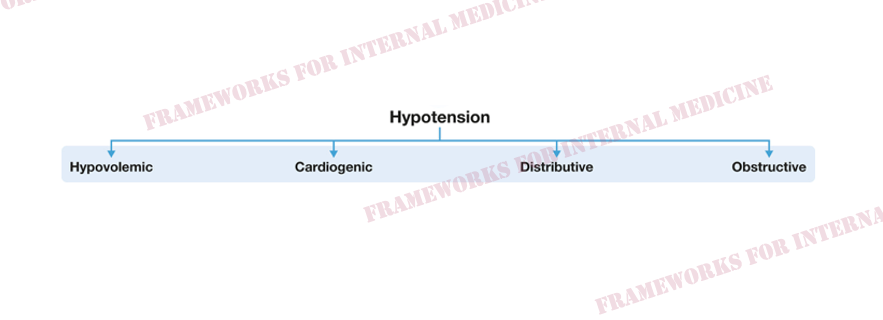1/9
You hear an extra transient heart sound near S1. Now what?
(All sounds in this thread best heard with headphones/good speakers)
You hear an extra transient heart sound near S1. Now what?
(All sounds in this thread best heard with headphones/good speakers)
2/9
Not sure you hear three sounds? Here is normal S1 and S2 to serve as a control. There are two sounds. Listen to this clip and then re-listen to the above clip. When you do, you will hear three sounds. Two near where S1 should be, followed by S2.
Not sure you hear three sounds? Here is normal S1 and S2 to serve as a control. There are two sounds. Listen to this clip and then re-listen to the above clip. When you do, you will hear three sounds. Two near where S1 should be, followed by S2.
3/9
So what's the differential for extra transient sounds near S1?
DDx:
Split S1
S4 gallop
Ejection click
So what's the differential for extra transient sounds near S1?
DDx:
Split S1
S4 gallop
Ejection click
4/9
Split S1 and S4 gallop can be challenging to distinguish because both are best heard over the APEX area. However, the split S1 sounds are closer together than the S1-S4 interval. And the S4 is best heard with the BELL of the scope. Listen to this split S1:
Split S1 and S4 gallop can be challenging to distinguish because both are best heard over the APEX area. However, the split S1 sounds are closer together than the S1-S4 interval. And the S4 is best heard with the BELL of the scope. Listen to this split S1:
5/9
Now take a listen to this S4 gallop:
Notice that the S1-S4 interval is longer compared to the split S1 above. And while we are listening over the same area of the chest (apex), the bell is being used rather than the diaphragm.
Now take a listen to this S4 gallop:
Notice that the S1-S4 interval is longer compared to the split S1 above. And while we are listening over the same area of the chest (apex), the bell is being used rather than the diaphragm.
6/9
What about the ejection click? It is perhaps the easiest to distinguish because it is best heard over the BASE of the heart - very atypical for the split S1 and S4. The click is best appreciated with the diaphragm of the scope as it is higher pitched.
What about the ejection click? It is perhaps the easiest to distinguish because it is best heard over the BASE of the heart - very atypical for the split S1 and S4. The click is best appreciated with the diaphragm of the scope as it is higher pitched.
7/9
So back to our patient. What is the extra sound?
It is heard over the base of the heart with the diaphragm. This is an ejection click.
(It was picked up on routine exam and led to the diagnosis of a severely dilated aortic root. Surgery is in 3 weeks.)
So back to our patient. What is the extra sound?
It is heard over the base of the heart with the diaphragm. This is an ejection click.
(It was picked up on routine exam and led to the diagnosis of a severely dilated aortic root. Surgery is in 3 weeks.)
8/9
Remember that the exam is never performed in a vacuum. You will also have the benefit of the history and other findings. Does the patient have longstanding HTN (S4)? Does the patient have a giant a wave with an RV heave suggestive of pulmonary hypertension (click)?
Remember that the exam is never performed in a vacuum. You will also have the benefit of the history and other findings. Does the patient have longstanding HTN (S4)? Does the patient have a giant a wave with an RV heave suggestive of pulmonary hypertension (click)?
9/9
Thanks for reading. For more, pdxpdx.com.
Earlier this week we covered extra transient sounds near S2. Would you like a thread on systolic murmurs next?
Thanks for reading. For more, pdxpdx.com.
Earlier this week we covered extra transient sounds near S2. Would you like a thread on systolic murmurs next?
• • •
Missing some Tweet in this thread? You can try to
force a refresh























